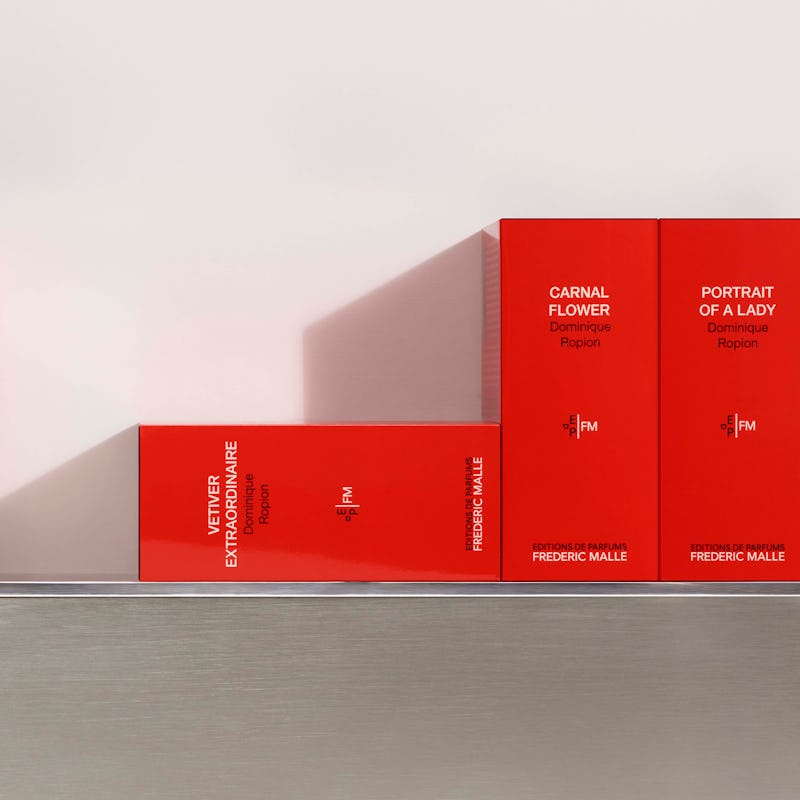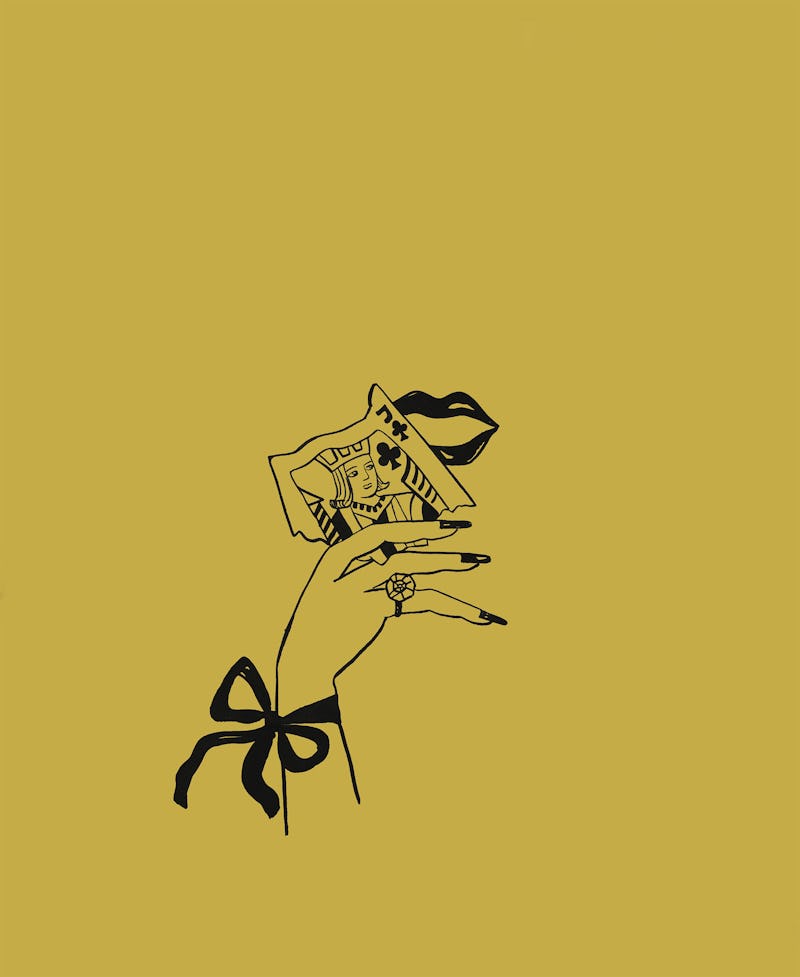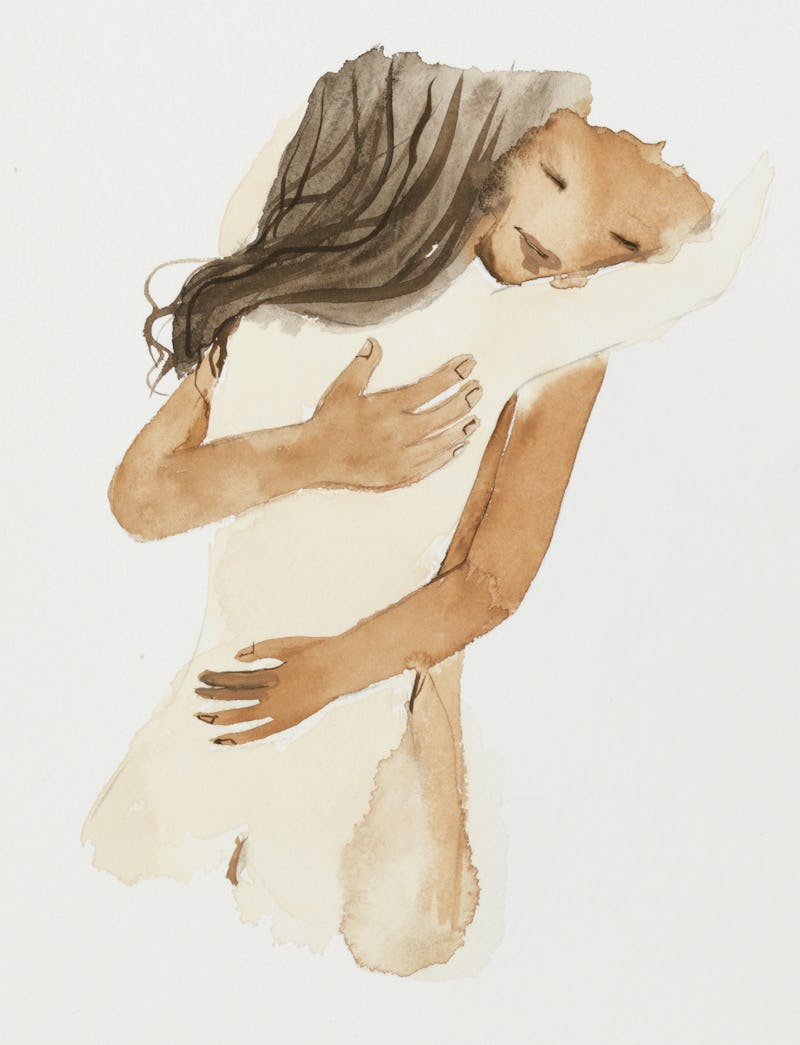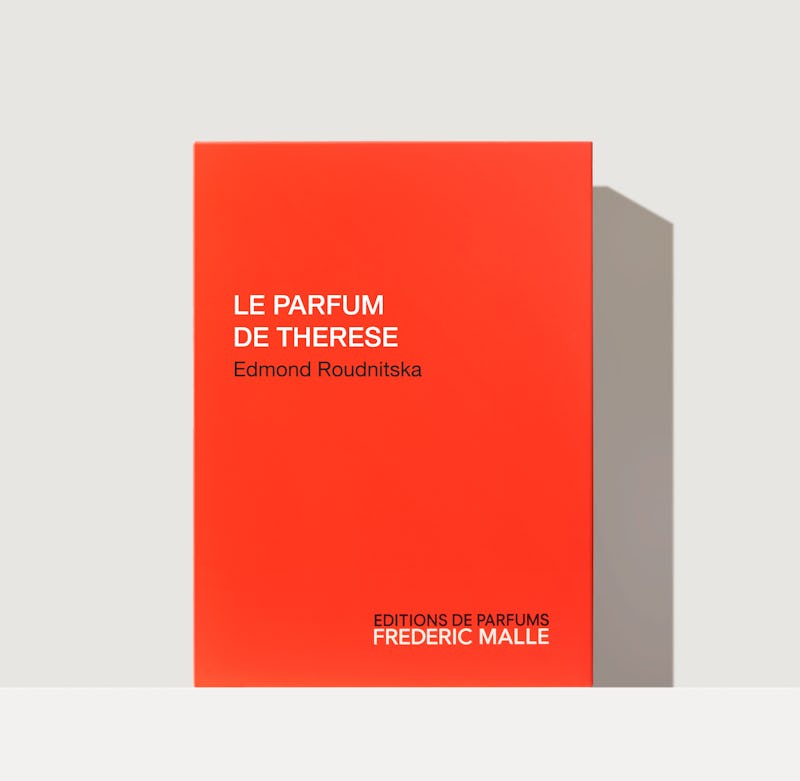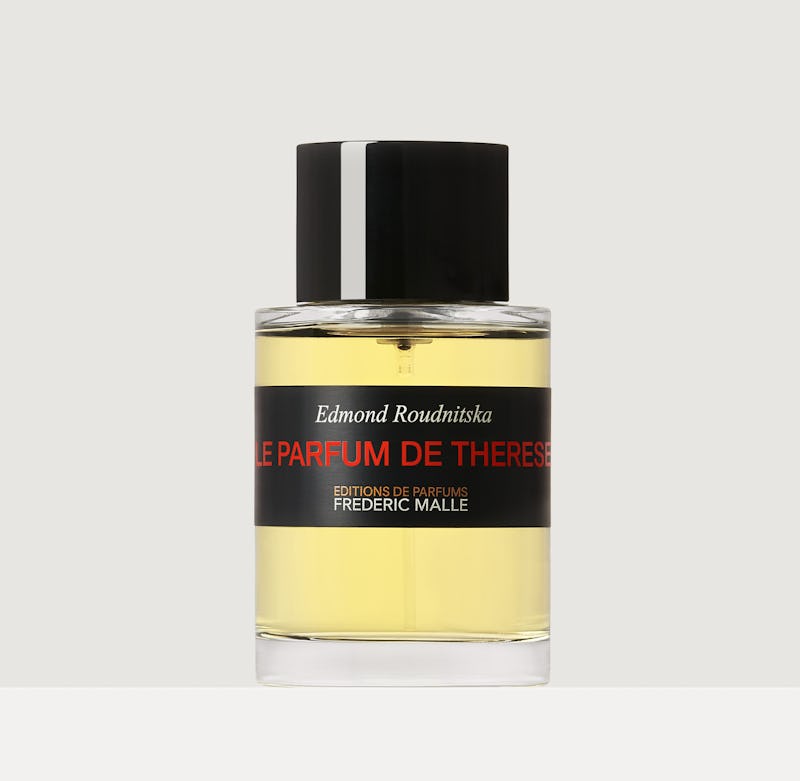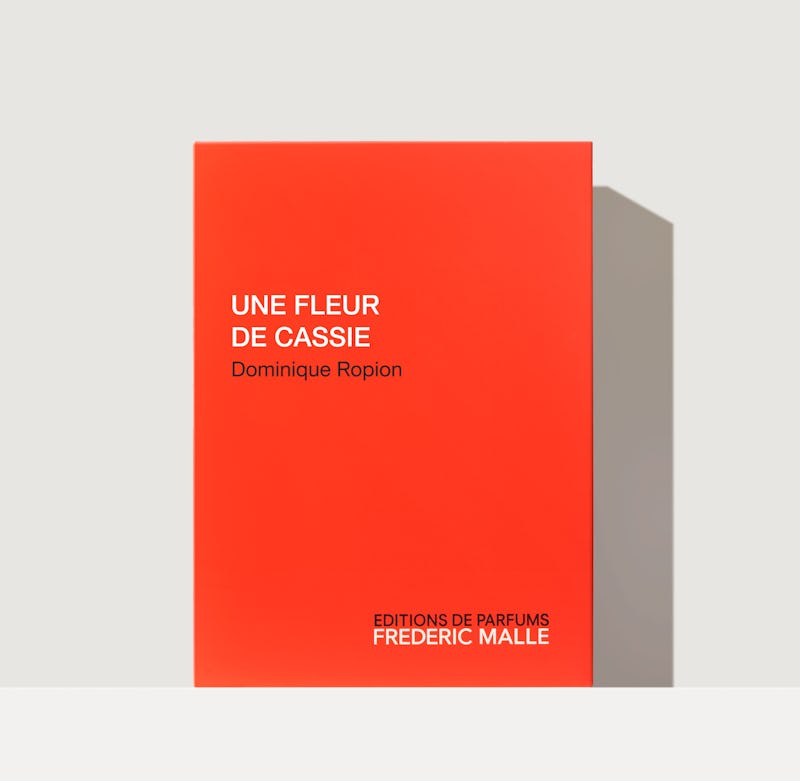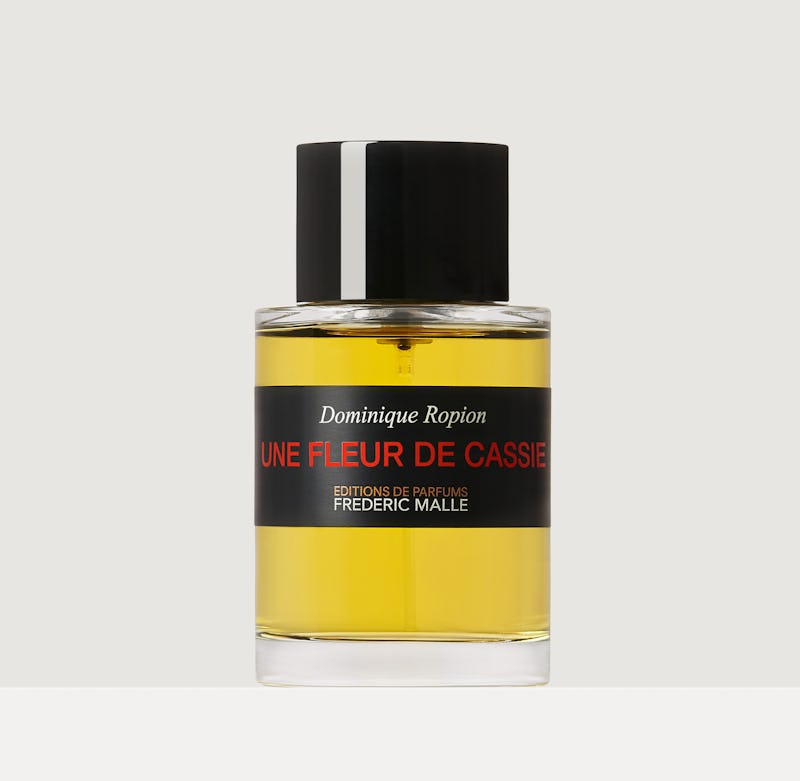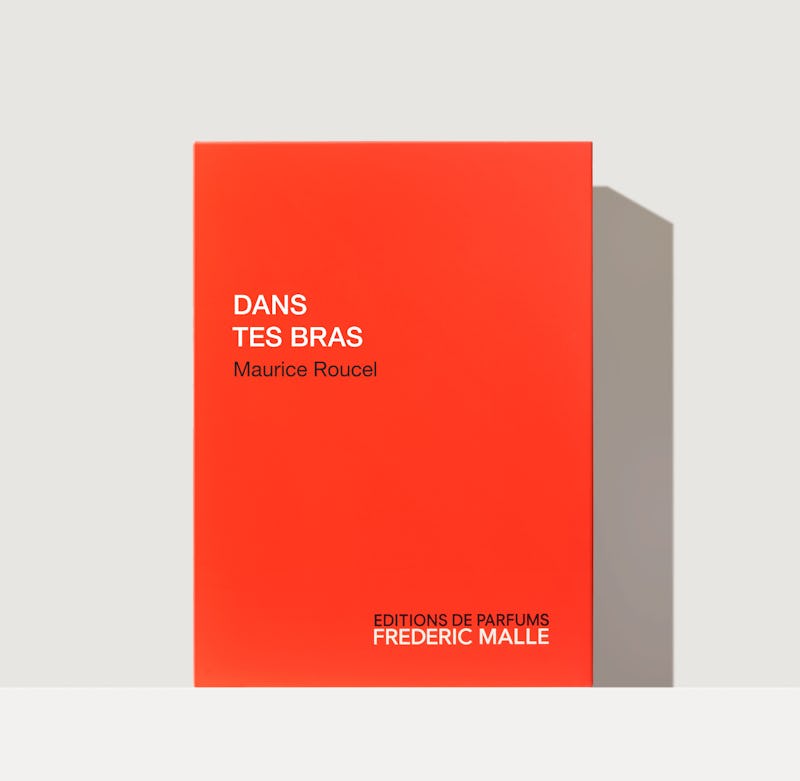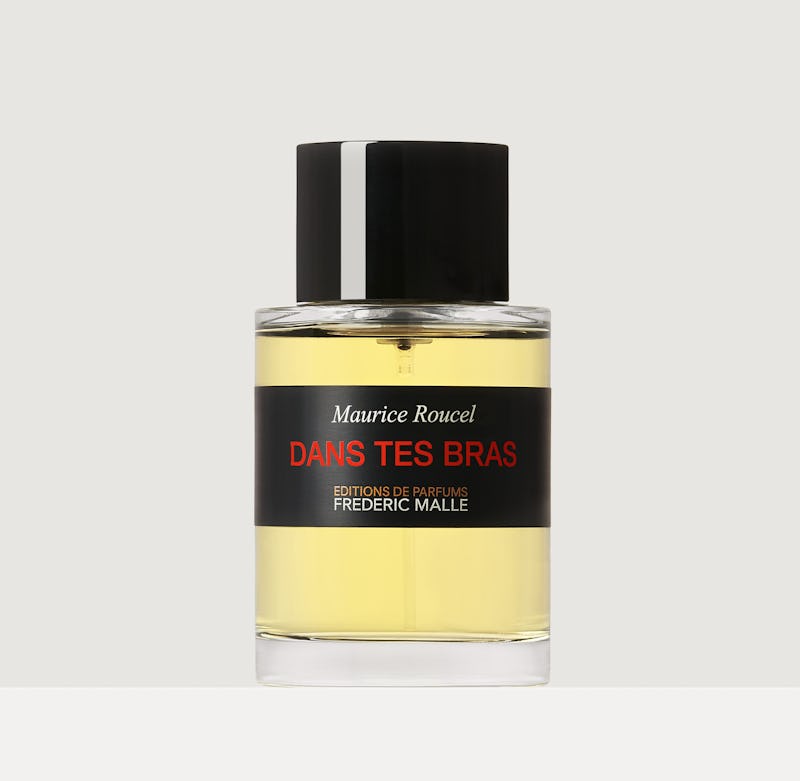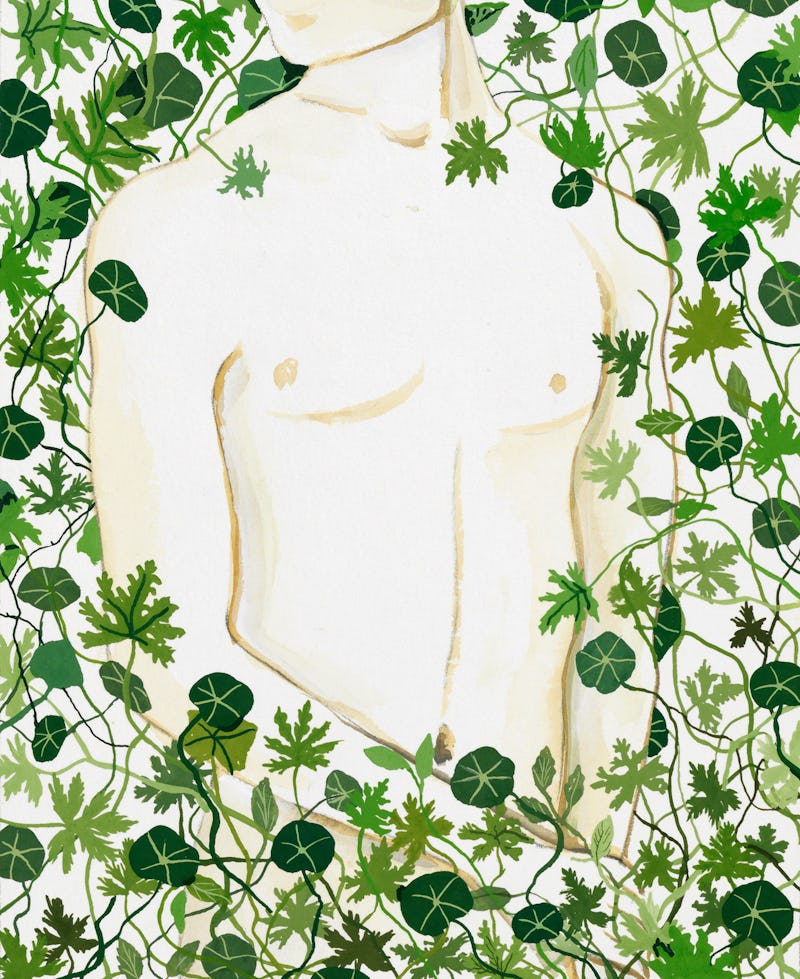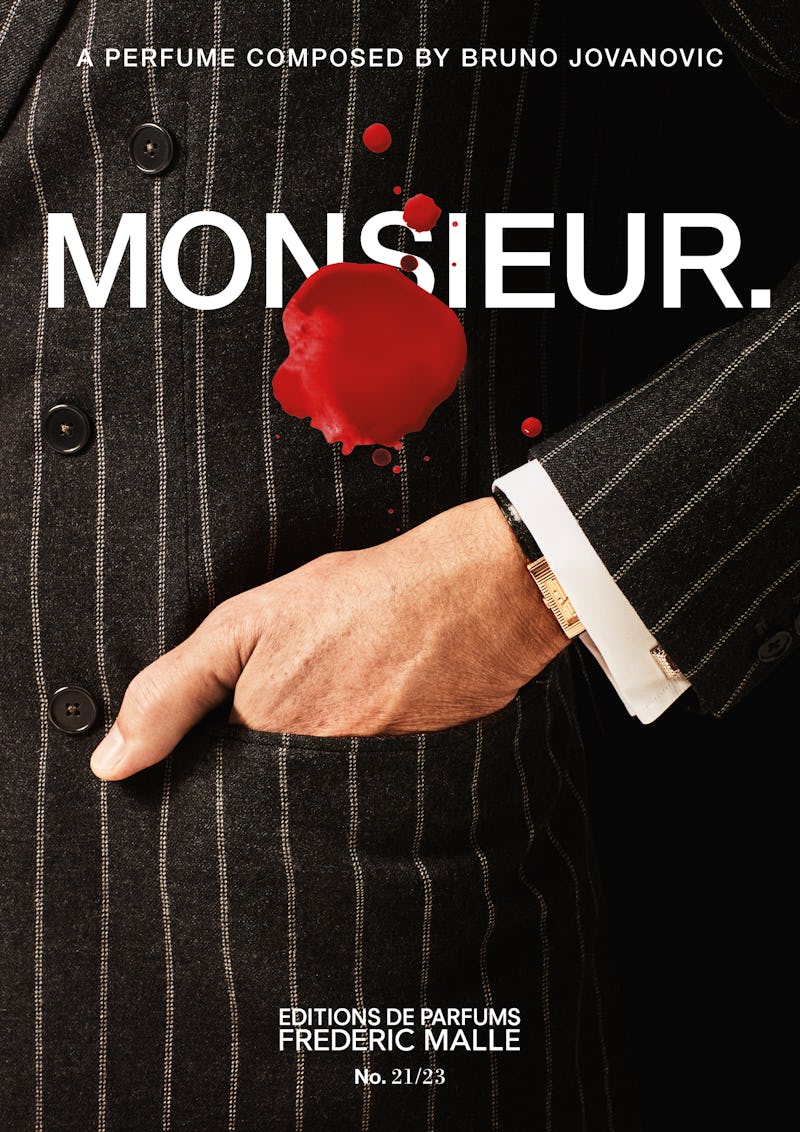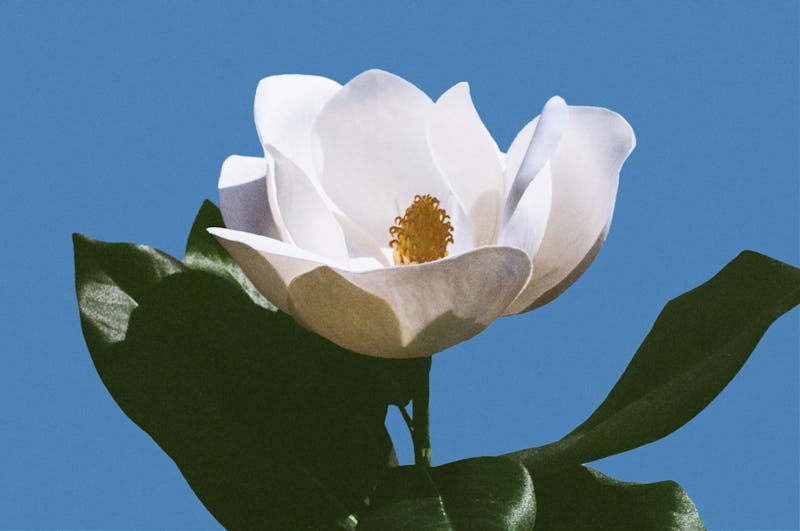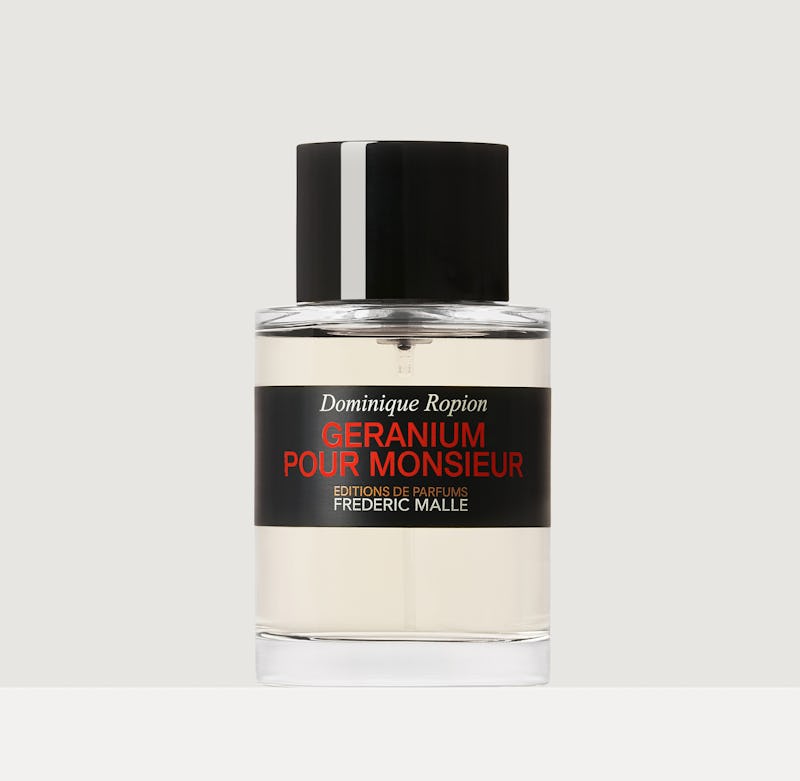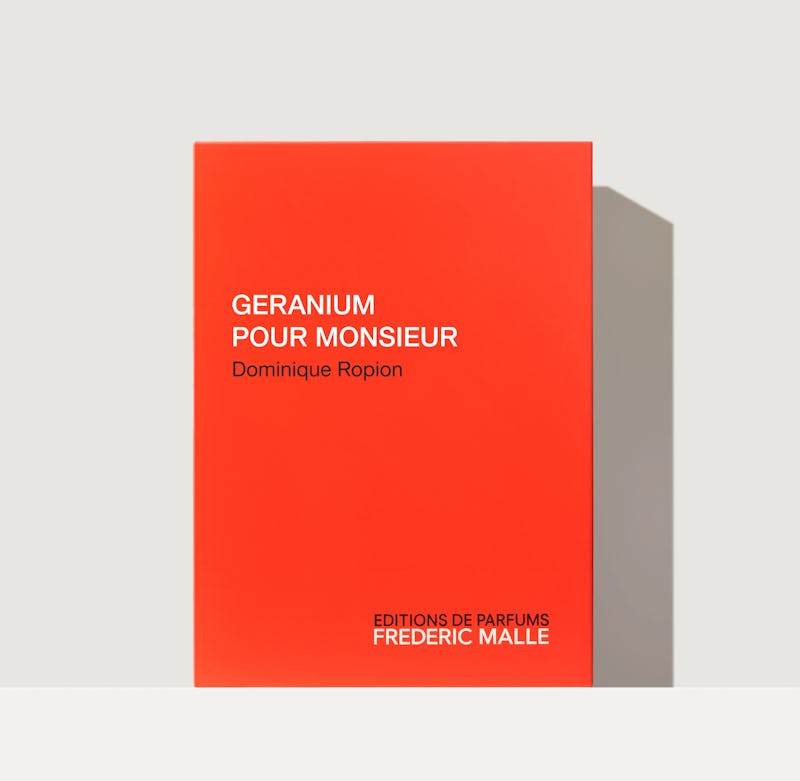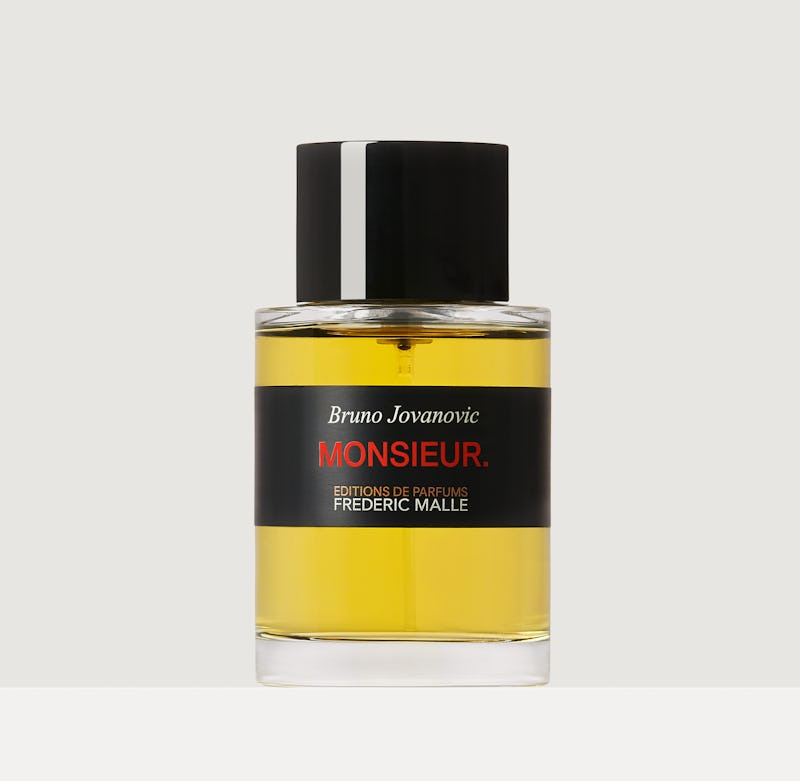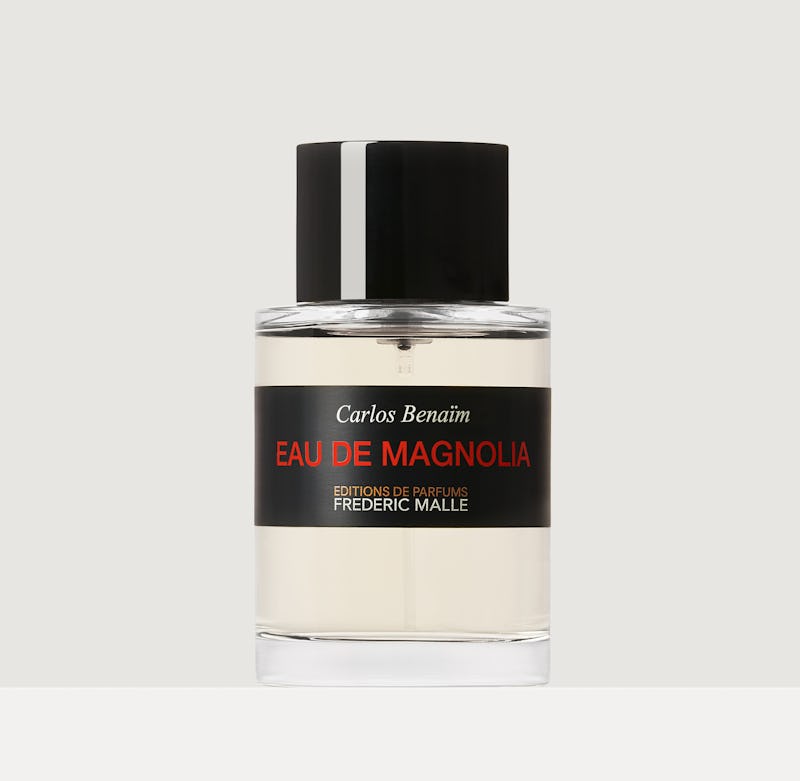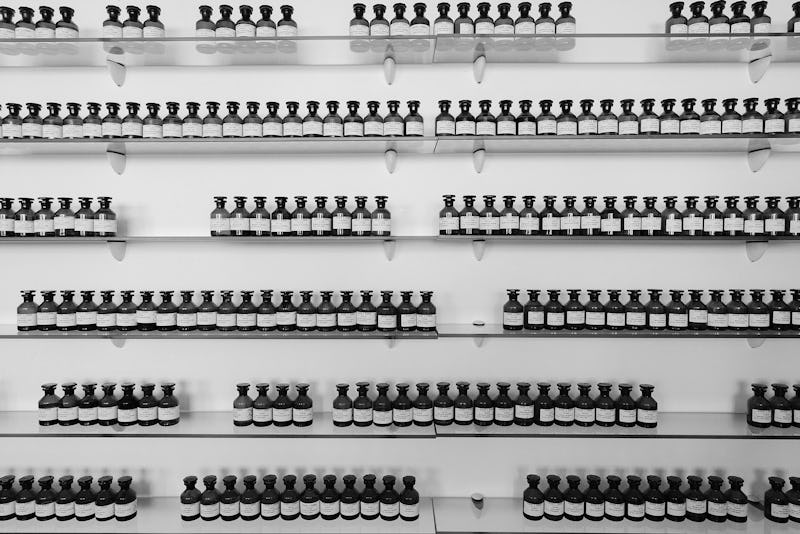A Few
Masterpieces
That Remained
Auteur Films
A Few
Masterpieces
That Remained
Auteur Films
Although Frédéric Malle considers that all the perfumes in the collection deserve to be called masterpieces, not all of them have met with equal success. Some have found a large audience, while others have remained films d’auteurs. An overview of a few cult gems that their fans swear by.
When asked what distinguishes his mindset from the rest of the market, Frédéric Malle immediately sets the tone by stating that the intention behind the creation of perfumes is not about trying to make a blockbuster. He insists on the fact that Editions de Parfums truly offers perfumers “the chance to create something beautiful and deeply innovative, with the aim of driving the profession forward,” adding that, ultimately, it is always the public who decide whether a perfume will be a box-office success or a film that appeals strictly to the connoisseurs or to those in the industry… In passing, we remark that all the perfumes in the collection have met with critical success—which is what counts in such a small and competitive profession.
Among the first perfumes in the collection launched in 2000, there are two that remain close to the heart of the founder of Editions de Parfums.
In first place,
LE PARFUM DE THERESE.
Illustration for LE PARFUM DE THERESE by Konstantin Kakanias
Composed by Edmond Roudnitska during the 1950’s, for a long time Le Parfum de Therese was worn by only one woman, his wife Thérèse Roudnitska, since he created it exclusively for her. When Frédéric Malle founded his own Editions de Parfums, he thought of Madame Roudnitska’s privilege in wearing this complex juice, which testifies to the talent of one of the greatest perfumers of the twentieth century and to the elegance of the 1950’s—a bygone elegance immortalized in the sublime photos of the young Richard Avedon when he discovered the incomparable chic of fifties Paris. Sensitive to the modern nature of its water fruit accords, an enthusiastic Frédéric Malle obtained Madame Roudnitska’s agreement and decided on the perfume’s name. According to him, Le Parfum de Thérèse remains a perfume apart in his collection, since most people see it as having a vintage character. Malle himself sees it as a masterpiece that brings together the timeless elegance of a Kelly bag with the futurist character of an innovative material. According to the perfumer Pierre Bourdon, himself a pupil of Edmond Roudnitska, Le Parfum de Therese is as important to perfumery as Guerlain’s Mitsouko.
Illustration for Une Fleur de Cassie by Konstantin Kakanias
Secondly comes
Une Fleur de Cassie,
composed by
Dominique Ropion.
To this great lover of women and flowers, this perfumer of genius he has known since they worked together at Roure, Frédéric Malle gave complete freedom for the creation of a floral oriental perfume that in 2000 would inaugurate the Editions de Parfums collection. The idea was to build a perfume that evoked the elegance of the roaring twenties, a period synonymous with the drapes of Madeleine Vionnet’s dresses. In taking on this task, Dominique Ropion set his sights on a natural cassie absolute, made from the rare flower of the cacia tree of the mimosa family. After hundreds of attempts he arrived at a precise, structured composition—as if he had managed to convert an image of the 1930’s into digital form.
Frédéric Malle remarks that, because of its particular elegance, Une Fleur de Cassie is often worn by an elite who are highly aesthetically literate, or who know perfumery well.
Frédéric Malle confesses a personal attachment to four other works.
2008 saw the birth of Dans Tes Bras, a complex perfume composed by Maurice Roucel from a very precise idea: to make a perfume based on one of Frédéric Malle’s favorite scents, cashmeran—an unclassifiable product, a synthetic molecule with hints of resins, woods, and musks.
Illustration for Dans Tes Bras by Konstantin Kakanias
For Roucel, the challenge—technically difficult, never previously attempted—was to place this raw material at the center of the composition. He and Frédéric Malle worked on the task together, step by step. The result is an abstract perfume of comforting and addictive sensuality. As its name suggests, Dans Tes Bras evokes the presence of a person, a sensual connection tending toward the intimate, the inverse of Musc Ravageur, for example.
Illustration for Geranium pour Monsieur by Konstantin Kakanias
In 2009 Malle finally realized his dream of finding a men’s perfume with the menthol and anise freshness of Botot, a mouthwash used by his father, when Dominique Ropion composed Geranium pour Monsieur, a perfume that combines a distinctively early twentieth century freshness with the geranium note of rhodinol, heightened by synthetic notes.
Eau de Botot mouthwash, the inspiration for Geranium pour Monsieur
To this is added incense, benzoin Siam, and sandalwood for a warmer touch. For Frédéric Malle, Ropion succeeded in achieving a formula that creates a perfect bond between all of its components. A perfection that makes it possible to ally an incredibly invigorating and refined freshness with a timeless exoticism. It is from the warm dry down of Geranium pour Monsieur that Portrait of a Lady would be born, the following year.
Monsieur. As the name suggests, a masculine perfume which encapsulates the quintessence of masculine elegance as incarnated, in particular, by Luchino Visconti.
Campaign image for Monsieur.
The masculine counterpart of Portrait of a Lady, in a sense. A perfume of fiercely chic exoticism, specially conceived for Frédéric Malle himself— he wears it in the evening, at that time of day when the greatest sophistication can be achieved and where the highest level of refinement is called for. Composed by Bruno Jovanovic in 2016, Monsieur. joins the tradition of men’s perfumes constructed around patchouli. Great technical skill was required of the perfumer in order to achieve a balance between highlighting the patchouli and keeping it restrained, and to devise an original opening that combines a rum scent with saffron.
In 2014, Frédéric Malle rediscovered the scent of magnolia, which he associates with summers spent at his home in the Basque Country. Following his creation of Jurassic Flower, a scent combining floral and citrus elements, Frédéric Malle asked Carlos Benaïm to create a perfume for the skin featuring the citrusy freshness of Magnolia. A large dose of linalool, a molecule found in bergamot and lavender, gives the magnolia a vibrant freshness.
Campaign image for Eau de Magnolia
